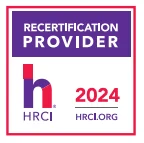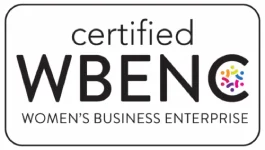Consumer Driven Health Plan Growth Slows; Costs Surpass HMOs
Cinnaminson, NJ, August 29, 2011 -Consumer Driven Health Plans (CDHPs) in the U.S. experienced continued growth this year – albeit at a slower rate than in 2009 and 2010 – according to preliminary results released by United Benefit Advisors (UBA) from its 2011 UBA Health Plan Survey, the nation’s largest health plan benchmarking survey, with 16,421 plans from 10,744, employers.
“CDHPs grew at a rate of 13.9 percent this past year (about two-thirds of the 2010 rate) to 22.9 percent of plans offered and cover more employees (17.3 percent) than Health Maintenance Organization (HMO) plans (11.9 percent),” according to Terriann Procida, Principal, Innovative Benefit Planning , a UBA member located in Cinnaminson, New Jersey. “The Northeast region of the country had the largest concentration of CDHPs (31.3 percent), followed by the Southeast region (27.4 percent). The average cost increase for all CDHPs at 8.0 percent was slightly lower than that of the average of all plan types, which increased 8.2 percent this year” said Procida.
Employers continue to offset the higher out-of-pocket costs of CDHPs by offering employees a health reimbursement arrangement (HRA) or a health savings account (HSA) and contributing funds. The 2011 UBA Health Plan Survey found the average employer contribution to an HRA was $1,656 (up from $1,481 in 2010) for a single employee and $3,198 for a family (up from $2,857 in 2010).
“The issues inherent to controlling the underlying costs of health care are still in dire need of change, as evidenced by the lack of savings associated with CDHPs versus a client’s in-force plan prior to renewal. This is the first time in seven years of reporting that there was an increase in these plans on a national scale,” said Procida. “Though minimal (2.1%) compared to all plans (8.2%), the increase suggests that despite the passage of health care reform efforts, health care costs will continue to rise.”
Other key statistics from this year’s Survey results:
• The average renewal increase for all plan types was 8.2 percent.
• PPO plans have nearly two-thirds of all enrolled employees (64.4 percent).
• The average employee contribution for plans with contributions for all plan types is $117 for single and $467 for family.
• Four-fifths of all wellness plans (80.6 percent) offered a health risk assessment.
• As a direct result of health care reform criteria, 81.3 percent of all plans now offer an unlimited lifetime maximum benefit compared to just 16.1 percent in 2010.
• Of all plans in the Northeast, 80.7 percent still have 100 percent coinsurance, a decline of only 1 percent from 2010.
• Less than half (49.9%) percent of all covered employees also elected to cover their dependents, a decline of 6 percent.
Each year the UBA gathers information from employers across the country regarding their health plans in order to provide the nation’s largest and most comprehensive survey of plan design and plan costs. “As health care reform continues and plans become increasingly complex, benchmarking data becomes increasingly critical to employers of all sizes, but especially to those with fewer than 1,000 employees. The annual UBA Health Plan Survey is the best source of reliable regional – and in many cases, state – health plan benchmarks by employer size and industry categories,” says Procida.
To learn more about the results of the 2011 survey please click on this link: 2011 UBA Health Plan Survey.
Categories
Archive







